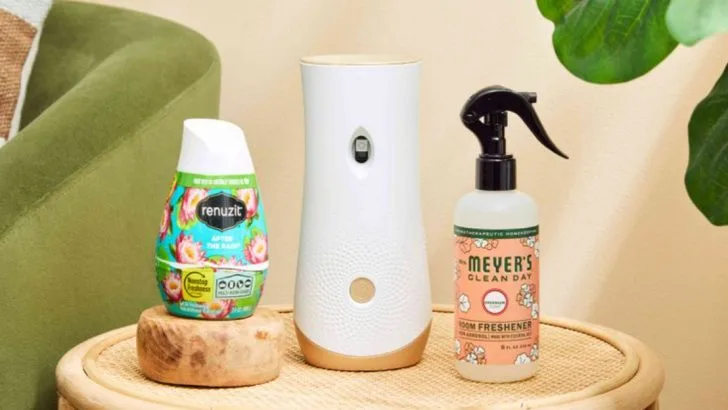As plant lovers, we all strive to create the perfect environment for our green friends to thrive. However, many of us might not realize that everyday household items we use can actually be harmful to our plants. From furniture and cleaning products to lighting and even kitchen supplies, the things we keep in our homes can inadvertently create an unhealthy environment for our plants, stunting their growth or even causing them to wither.
In this article, we’ll uncover 15 common household items that might be secretly harming your plants. By the end, you’ll be more aware of what to avoid in your home and how to create a safer, healthier space for your indoor garden to flourish. Whether you’re a seasoned plant parent or a new enthusiast, it’s essential to understand how even the most innocuous household items can affect your plants’ wellbeing.
Air Fresheners

Tired of foul odors lingering in your home? You might not realize that air fresheners can do more than just sweeten the air. These products often contain chemicals that can damage your plants’ leaves or stunt their growth. While they create a pleasant atmosphere for you, they can disrupt the delicate balance your plants rely on. Consider natural alternatives like essential oils or regular ventilation to keep both your air and your plants healthy. Remember, what freshens your air might cloud your plant’s health in an invisible haze.
Cleaning Products
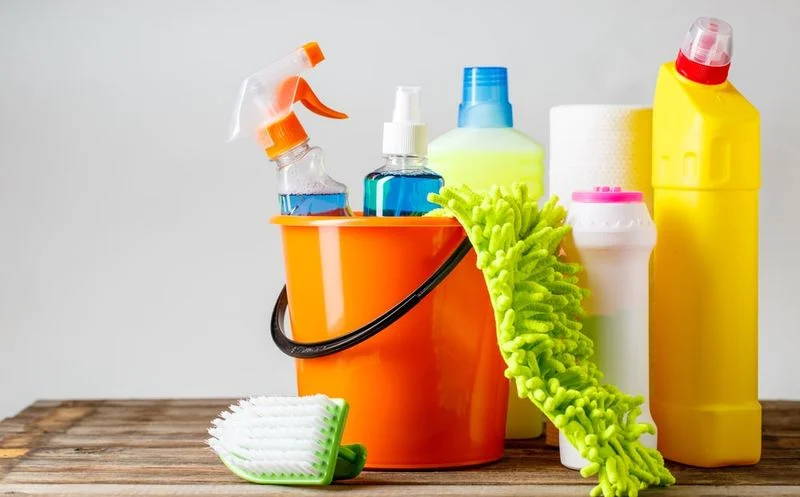
Cleaning products are champions of household hygiene but can be harsh foes to indoor plants. The chemicals designed to obliterate germs can also harm your plants’ leaves, causing discoloration or damage. Spraying them near your plants can result in unintended casualties. Use natural cleaning solutions when possible, or shield your plants during intense cleaning sessions. By balancing cleanliness and plant health, you create a nurturing environment for both you and your leafy companions.
Candles
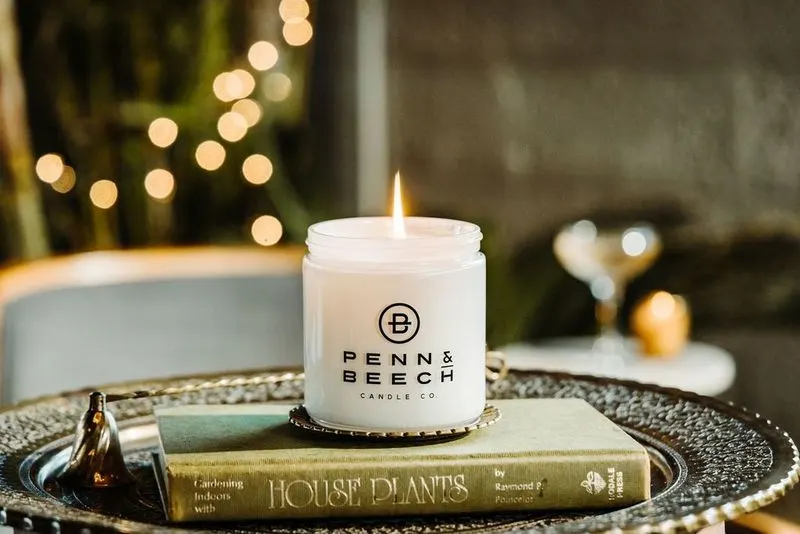
Candles set the mood and fragrance your space, yet their smoke can be insidious to your plants. The soot and chemicals released can coat leaves and impede photosynthesis, turning a serene glow into a silent menace. Opt for soy-based or beeswax candles as a plant-friendly alternative that minimizes harmful emissions. Your ambiance will remain enchanting, while your plants flourish unscathed by smoke’s kiss.
Heating Vents

During colder months, heating vents provide much-needed warmth but can spell disaster for your green friends. The dry, hot air they emit can sap moisture from leaves, leaving them parched and frail. Position your plants away from direct airflow to preserve their vibrant vigor. Consider using humidifiers or trays of water to maintain a suitable humidity level, ensuring your plants thrive even when the heater’s on.
Plastic Pots
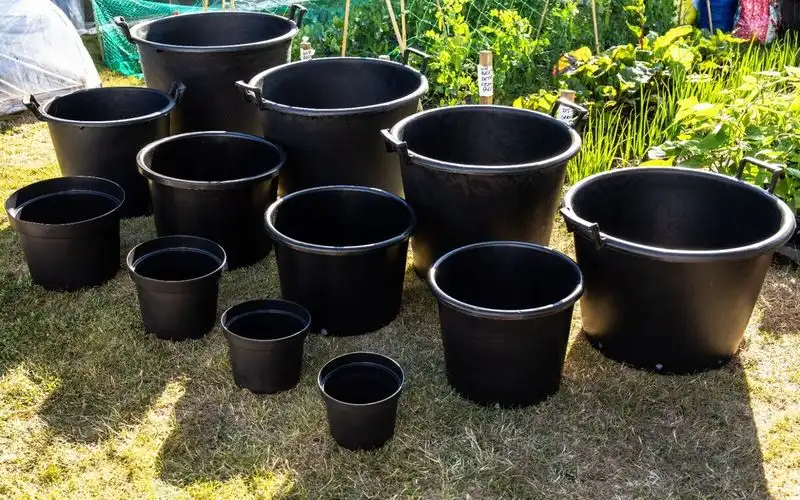
Plastic pots may seem convenient, yet they can secretly stifle your plants’ roots. Poor air circulation and inadequate drainage can lead to soggy soil, fostering root rot. Opt for ceramic or clay pots, offering better breathability and a more stable home for your plants’ roots. By choosing wisely, you not only enhance the aesthetics but also support your plant’s overall health, preventing unseen woes.
Window Drafts
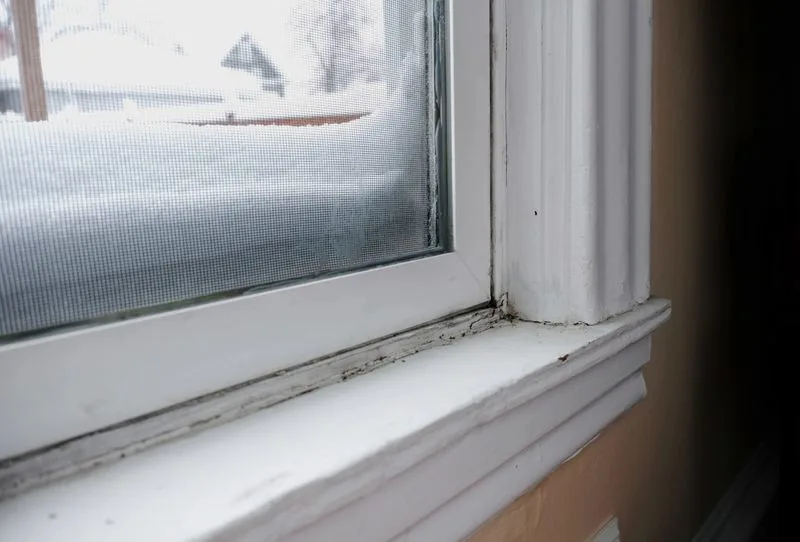
Window drafts might be the hidden chill causing your plants to shiver. These sneaky gusts can lower temperatures around your foliage, affecting their growth and vitality. Ensure your windows are well-sealed and use draft stoppers where necessary. By shielding your plants from these unwelcome breezes, you maintain an environment where they can grow robustly without the whisper of cold disrupting their peace.
Fluorescent Lights
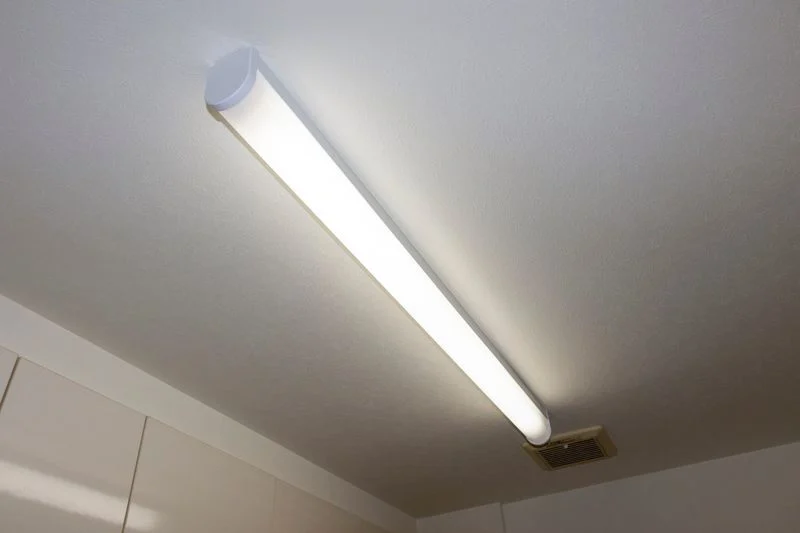
Fluorescent lights illuminate our spaces economically, yet their intense glare can be too harsh for plants. Prolonged exposure can lead to leaf scorch or faded colors, dulling their natural beauty. Opt for LED grow lights or adjust the placement of your plants to ensure they receive gentle, nurturing light. By doing so, you protect them from the relentless brightness and preserve their natural vibrancy.
Pet Hair
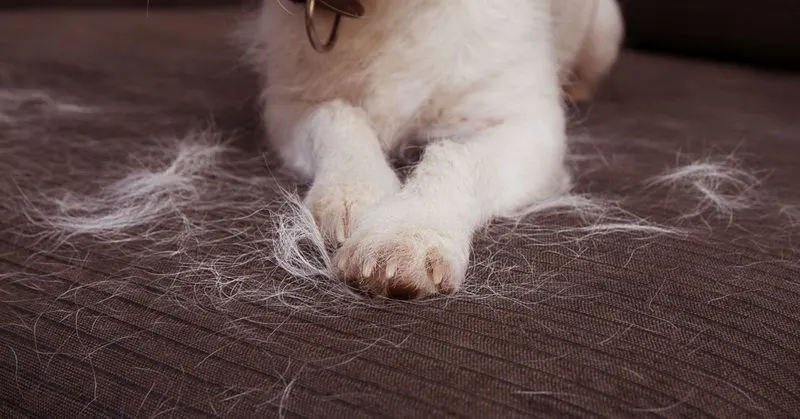
Pets share our homes and hearts, but their hair can create a dusty layer on plant leaves. This coating hampers photosynthesis, affecting growth. Regularly dust and clean your plants to remove pet hair, ensuring they can breathe and photosynthesize effectively. Your plants will thank you with vibrant leaves, and your home will look tidier, free from the subtle clutter of pet fur.
Unfiltered Water
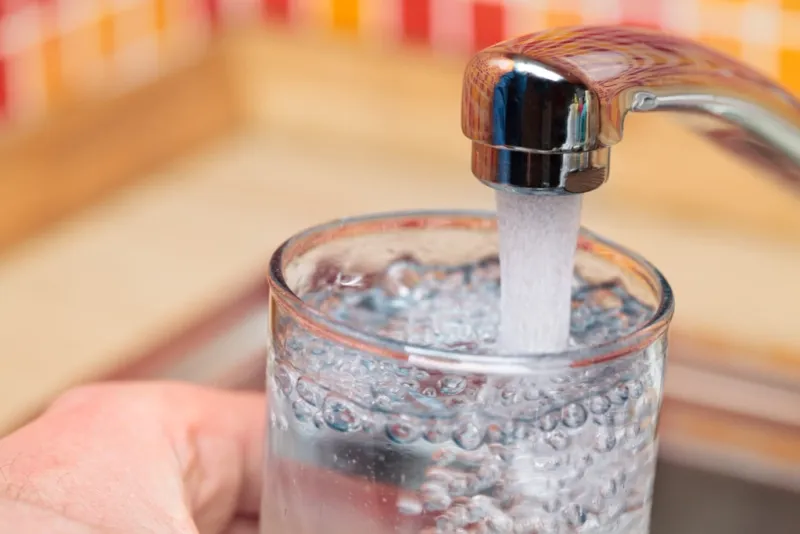
Tap water often contains minerals and chemicals that leave deposits in your plant’s soil. Over time, these can accumulate, creating a barrier that hinders water and nutrient absorption. Opt for filtered or distilled water for a purer, plant-friendly alternative. By keeping their hydration source pure, you ensure your plants stay vibrant and free from the unseen build-up that could dull their growth.
Fabric Softeners
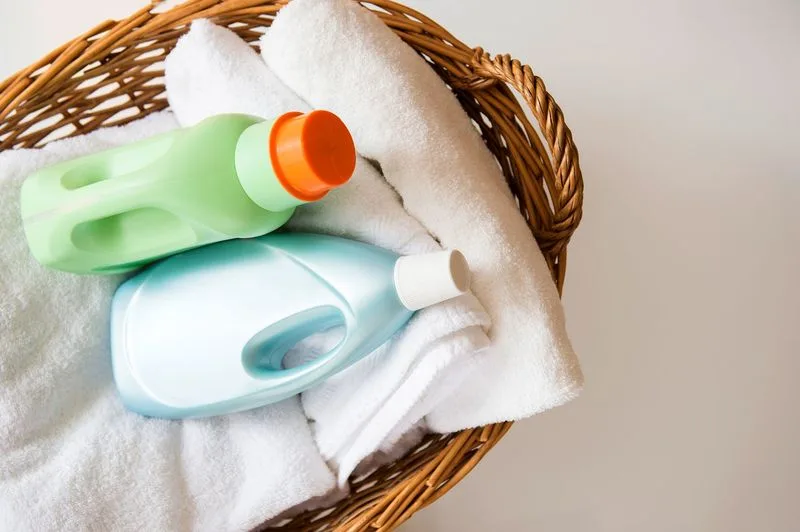
The scent of freshly laundered clothes is delightful, yet fabric softeners can diffuse chemicals into the air that affect plants. This seemingly benign product can lead to leaf damage or stunted growth. Ensure your laundry area is well-ventilated and keep plants at a distance. Your clothes will remain soft and fragrant, while your plants continue to grow without interference from lingering chemicals.
Electronic Devices

In today’s digital age, electronic devices are integral, yet their heat and radiation pose risks to our plants. Proximity to gadgets can lead to drying leaves or stunted growth. Ensure proper spacing and ventilation to minimize the impact on your green friends. By balancing technology with nature, you can cultivate a harmonious environment that supports both work and plant life.
Soaps and Detergents

Soaps and detergents clean our surroundings but can leave a residue that’s harmful to plants. This residue can coat leaves or seep into soil, affecting health and growth. Rinse your plants thoroughly if exposed to soapy water, and consider natural alternatives for cleaning. Your plants will thrive in a residue-free environment, basking in the purity of their surroundings.
Mirrors
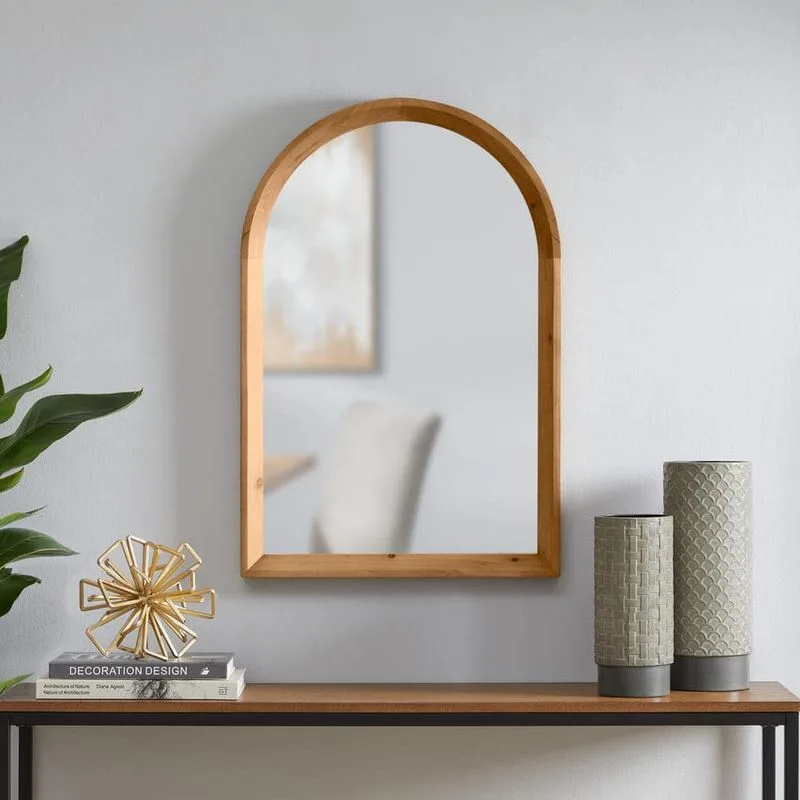
Mirrors can amplify light and heat, sometimes overwhelming your plants with excessive exposure. This intensified reflection can lead to scorched leaves or faded colors. Place mirrors strategically to avoid direct sunlight on sensitive foliage. By understanding this reflective power, you safeguard your plants’ thriving appearance, preserving their natural allure against intense light.
Tobacco Smoke
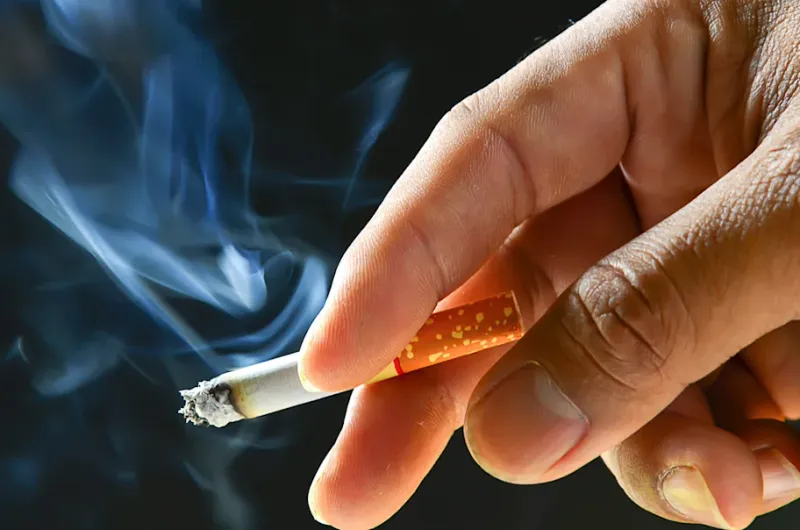
Tobacco smoke is a notorious adversary to indoor plants, suffocating them with harmful chemicals. It affects their leaves’ ability to photosynthesize, leading to discolored or shriveled foliage. Establish smoke-free zones or ensure proper ventilation to protect your plants from this silent threat. A clean air environment supports their growth, keeping them lush and vibrant amidst the challenges of indoor living.
Humidity Trays
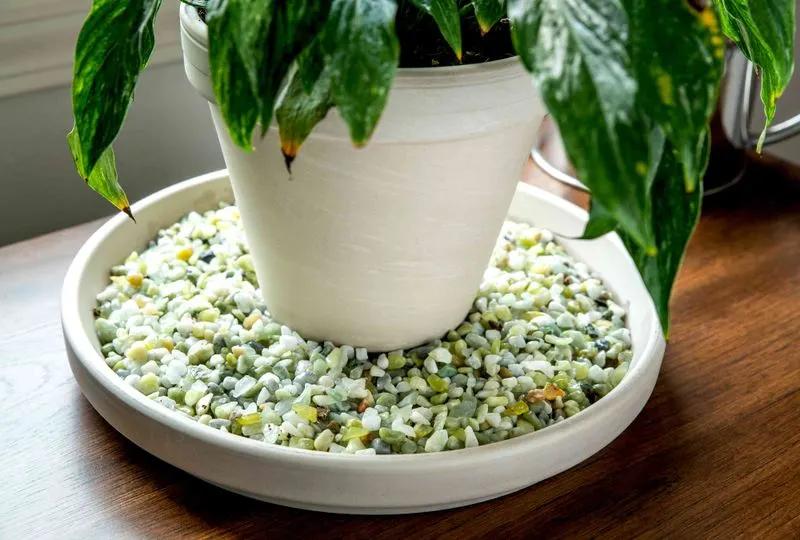
Humidity trays are meant to boost moisture levels, but stagnant water can encourage mold or attract pests. Regularly refresh and clean these trays to prevent issues. By maintaining a clean moisture source, you support a thriving environment, free from unwanted invaders. This simple routine ensures your plants enjoy the benefits of added humidity without the risk of hidden problems taking root.

